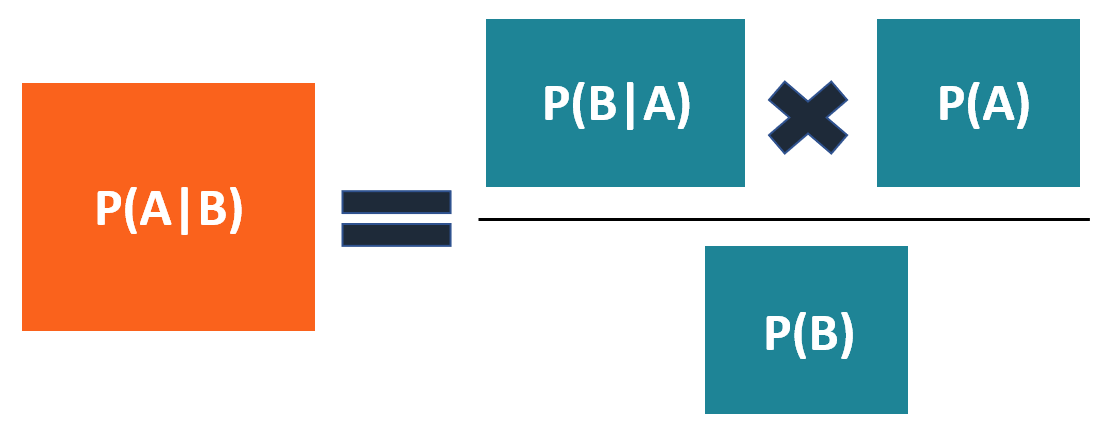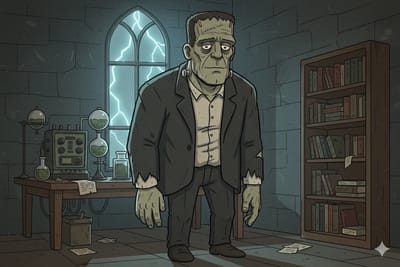The AI-Bayes Cocktail

As a sophomore at Carnegie Mellon a million years ago, I learned about Bayes' Theorem. (Thank you for your invaluable statistics classes, Professor Banks.) In case that admittedly obscure concept doesn't ring a bell, here's a simplified version of it:
We all face uncertainty when making decisions and predictions. That's life. To make more intelligent ones, we should regularly update our initial estimates based on new information.
Whether you realize it or not, you benefit from the work of Thomas Bayes. As but one example, his eponymous theorem has long helped tech companies minimize spam. (Decades after Bill Gates made his famous prediction, eradicating the problem remains a frustrating work in progress.)
Even better, you can and should actively apply this valuable construct to make better decisions. AI makes it easier than ever. Let those two sentences serve as a starting point for today's post.
A Simple Example
Say that your manager fires you from your first job. He claims that you weren't cutting the mustard. You disagree and think that he was out to get you.
You find a new position, but after three months your new boss puts you on a performance improvement plan. Four weeks later, she axes you, too. Within 18 months, four separate managers have shown you the door.
Bayes' Theorem tells us that the problem is you—not them. (Cue Seinfeld reference.) Your previous three managers already shitcanned you based on your performance. Given that prior information, the odds that your fourth manager unjustly let you go are minute. (If you want to understand the math, this video is worth watching, and the statistically inclined will want to know its formula.)

Your supervisors didn't engage in a coordinated conspiracy to derail your career. Brass tacks: it's time for some serious soul-searching or a career change.
A Bit of History and the Ubiquity of Bayes
Once you learn and understand Bayes' Theorem, you'll start noticing it everywhere. (I can't think of a better example of the Baader-Meinhof phenomenon in action.)
Thomas Bayes' work lives on centuries after his passing. As a 2011 book with an insanely long subtitle illustrates, the theory simply won't die. Bayes' Theorem does more than minimize spam. Much more.
- It helps statisticians develop accurate models. Case in point: Nate Silver's career and 2012 book, The Signal and the Noise: Why So Many Predictions Fail—but Some Don't.
- Skilled poker players routinely use it to evaluate their hands and bets. I'm no pro, and I haven't sat at a poker table in years. Still, thinking about it helped me win more money than I lost.
- On a personal level, I often broached it when I taught the analytics capstone class at ASU.
Below I explain how I used Bayes' Theorem and a little AI to decide whether to open a suspicious email.
It'll only take a moment.






